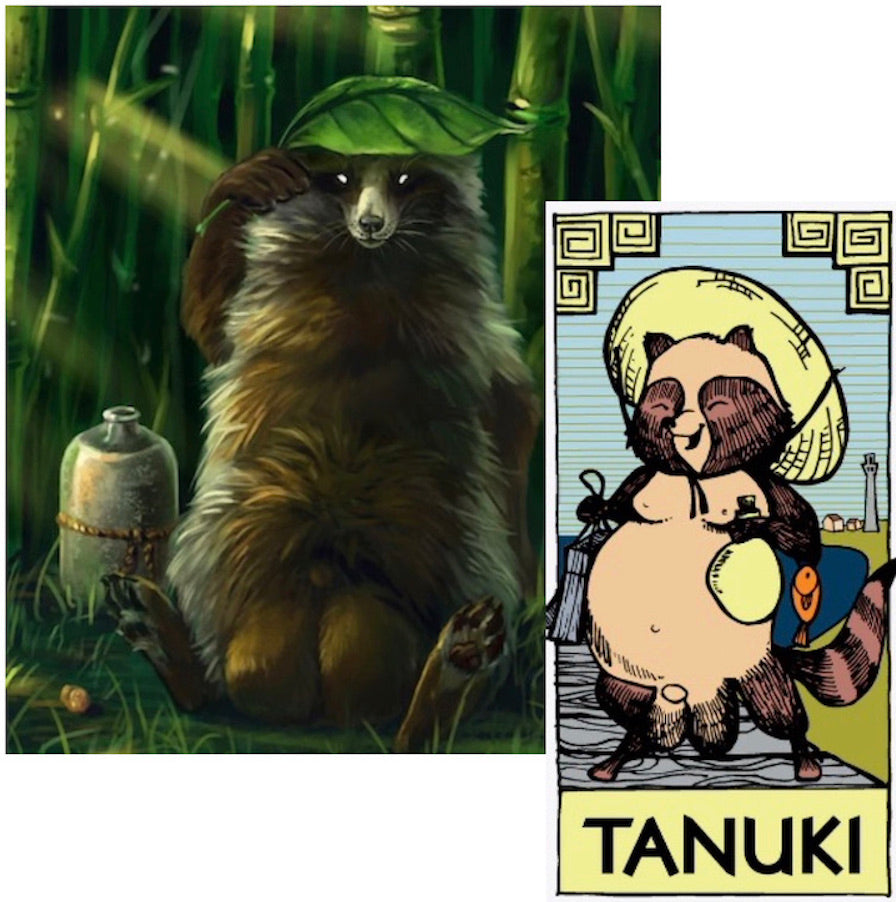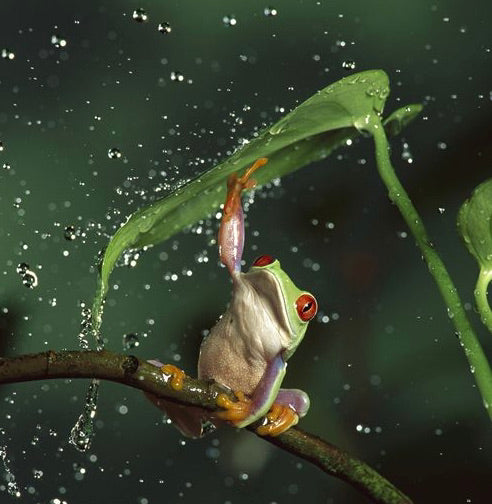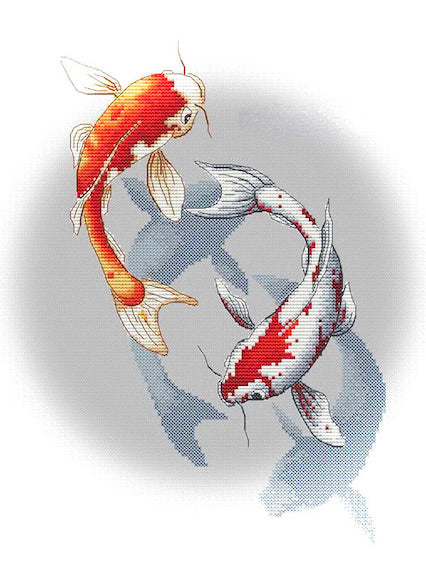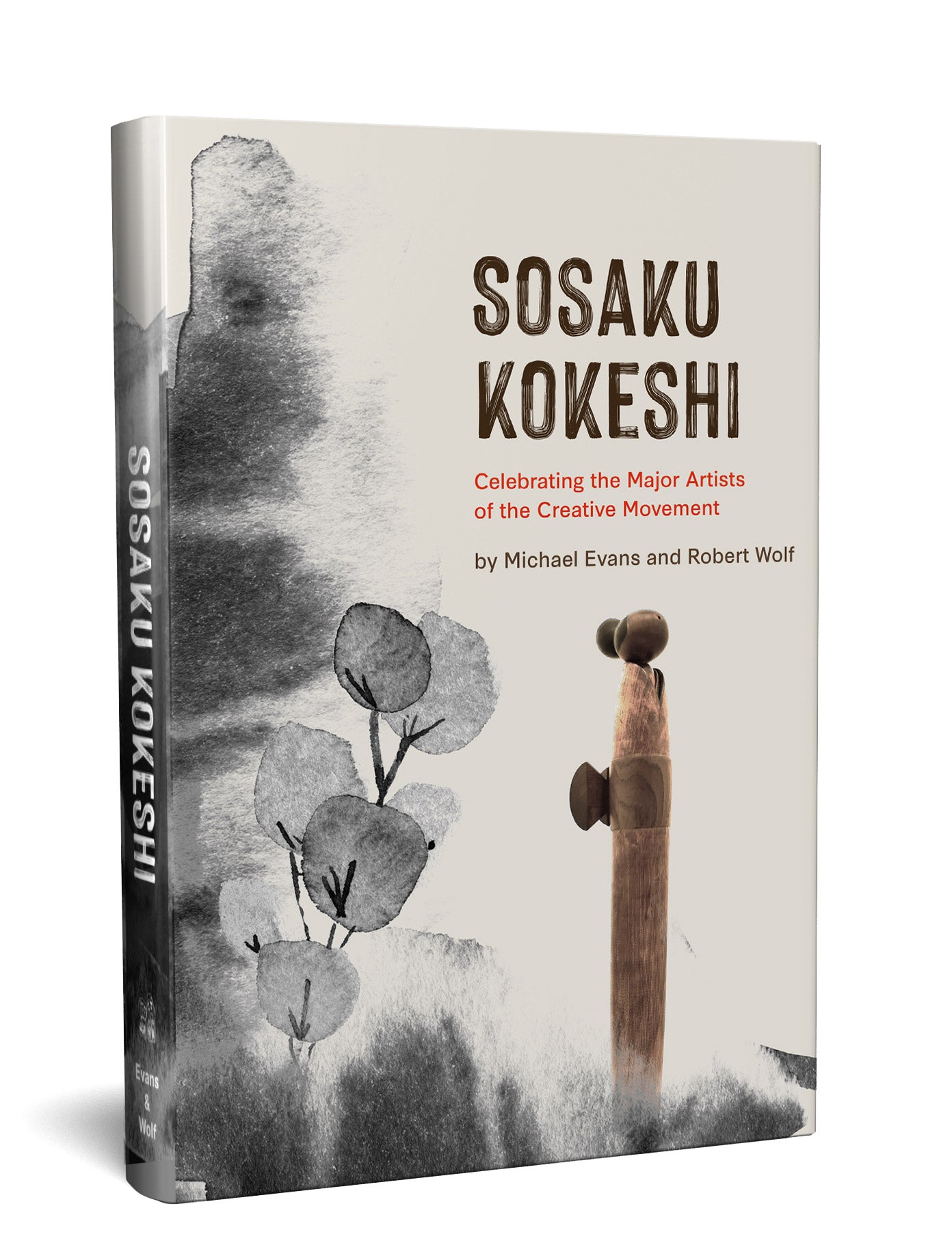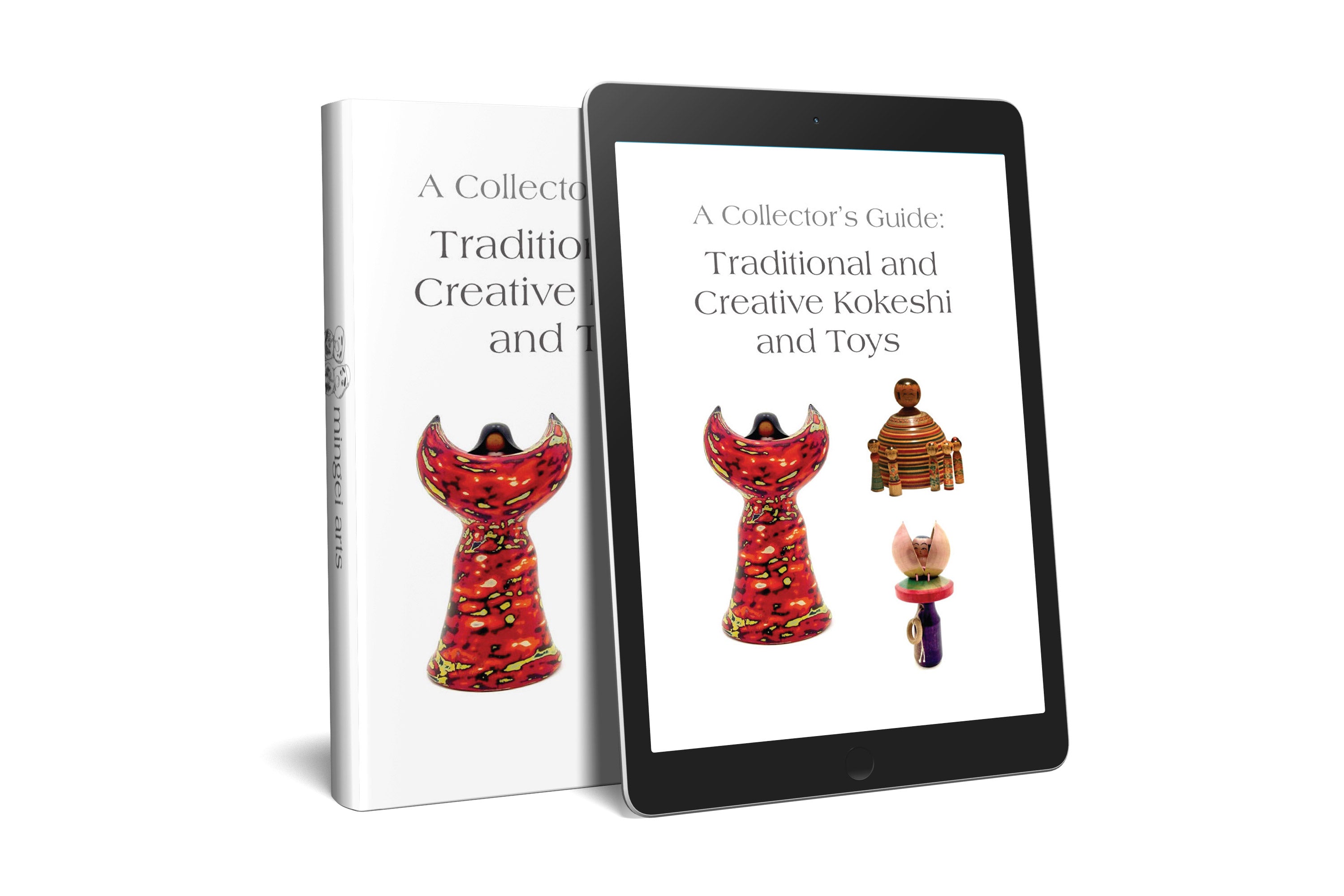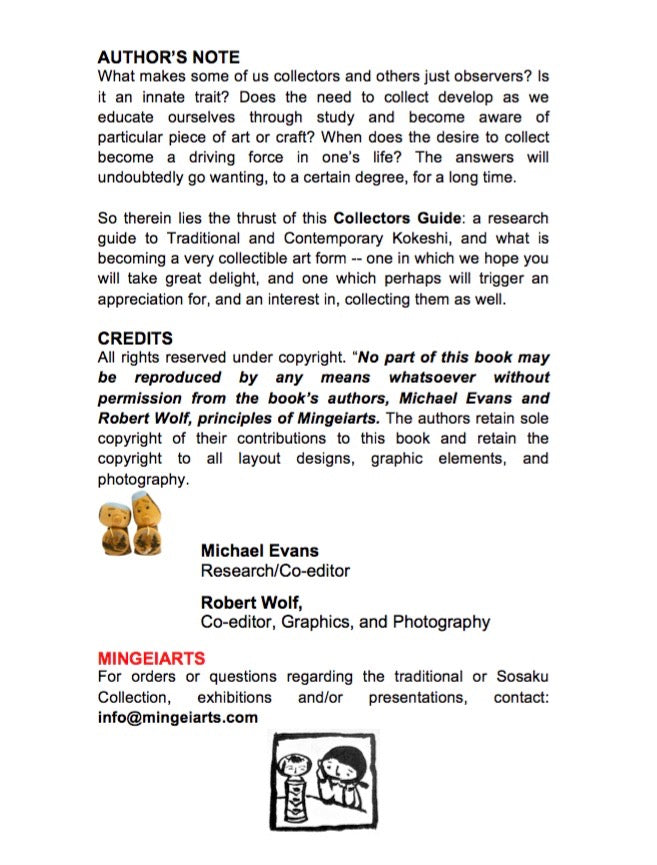The fox-like Tanuki, (Japanese raccoon dog), appears often in Japanese folklore, and are real animals with a reputation for mischief and magic, known as masters of illusion. The Tanuki does have a rather malevolent past, and is said to be a type of yōkai, (called Henge), or shape-shifter able to change into any form he chooses: from a crooked old woman to a bottle of sake. These devious magicians are also good at transporting people and casting small curses. Despite transforming itself, the Tanuki can also transform certain things, such as turning pebbles into gold, or feces into food. These little fur-balls rarely cause serious harm to humans—some might say this is because they aren’t clever enough to fabricate truly dangerous plots—but they are still known for pranks and surprises.
A common image of this magical, malevolent creature is one with a leaf on its forehead, as this is believed to be the source of its power. As portrayed in many forms of art and craft, they are shown wearing a wide-brimmed hat to protect themselves from bad luck and bad weather. This hat didn’t appear until around the 18th century, and is actually a reference to an older song that tells the tale of a Tanuki stealing sake from a brewery on rainy nights.
They are depicted holding a bottle of sake in one hand, symbolizing virtue, and in the other hand, Tanuki hold a ledger book that holds a promissory note, (that he never pays), which symbolizes trust. They have large eyes to survey their world and make decisions, and big fluffy tails to give them strength and agility. The are always shown with large scrotums, being able to stretch and enlarge them to whatever size desired and which represent wealth and a good luck charm for businesses. Tanuki also have a large stomachs, which symbolize tranquility and decisiveness. It is also said they play its belly drum to scare, and almost play with unsuspected hunters, travelers, and monks. Finally, they wear a playful, friendly smile, inviting humans to join them in their games.
Although most of the Tanukis, (sometimes called the bakedanuki), are played out in folktales and oral legends, they do appear in some important pieces of Japanese literature, such as the Nihon Shoki, Nihon Ryoiki, and Uji Shui Monogataria, and are read by all levels of folks throughout Japan. Raccoon Dogs also appear in some beautiful Japanese pen and ink drawings, woodblock prints, and paintings, but by far the most popular medium for depicting these animals is statuary of all forms, shapes and sizes. The Tanuki has also claimed a place in today’s video games, appearing in popular games like Animal Crossing and the Super Mario series. Because Tanuki have moved into urban cities, and live in close proximity with humans, they have become widely known around Japan. It is why they have come to be associated so closely with fun and merry-making rather than trickery.
The Most Famous of all Legendary transformations is that of Shukaku

Shukaku was a Tanuki, who lived in disguise as a human priest who worked at Morinji, a Buddhist temple in Gunma Prefecture. Shukaku is best known for his miraculous tea kettle, known as the ‘bunbuku chagama’, which he left to the Morinji as a gift when he departed. Shukaku’s story has been told by Morinji for centuries, but different versions and variations have sprung up over the years. Its popularity spread during the Edo period, thanks to a booming publishing industry, and it became well known across Japan. Although Shukaku is associated with Morinji is the basis of his story—a magical animal presenting a wonderful gift to humankind—is a recurring motif throughout Japanese folklore.

Lucky Water Pot of Morinji Temple. Tanuki assumes his animal form
Tanuki is said to have met a priest named Dairin Shōtsū, who befriended him and brought him to the Morinji temple, where he used his magic to serve the temple through a tea kettle which was a miraculous object, for no matter how many times tea was prepared, the kettle was always brimming with enough hot water to make more, and stayed hot for many days after heating it! The kettle was given the name ‘bunbuku chagama’, (chagama being the word for tea kettle, and bunbuku meaning “to spread luck). The name was a pun as well: the sound of boiling water is bukubuku, which sounds very much like bunbuku. Thanks to Shukaku’s marvelous tea kettle, the gathering was a great success. The bunbuku chagama continued to be used by the temple for many years. Shukaku, as well, continued to work at Morinji for many years to come.
In 1570, an important religious gathering was held at Morinji. Priests from all over Japan traveled to Morinji. When it came time to serve tea, the priests realized that they did not have enough kettles to serve such a large gathering. Shukaku—still serving the temple 144 years after his arrival—brought out his favorite tea kettle to help serve the priests and temple guests.

According to Morinji’s records, On February 28, 1587, a monk walked in on Shukaku while he was taking a nap. The monk noticed that Shukaku had a Tanuki’s tail! Thus, Shukaku’s great secret was uncovered: he was not a human priest, but a Tanuki in disguise. He had been living among humans for thousands of years. After his secret was uncovered, Shukaku decided it was time to leave Morinji. To apologize for the great shock he had caused Morinji, he gave them a parting gift: he used his magic to present the story of the Battle of Yashima, one of the final clashes of the Genpei War. To show their gratitude for all that he had done, the priests built a shrine to Shukaku, where he is still worshipped as a local deity. And the ‘bunbuku chagama’, which Shukaku left behind, is on display in his shrine at Morinji.

Tanuki Masks | Kyogenmen
Kyogenmen are masks are used in Noh Theater to light-hearted Kyogen plays. Kyogen is a comic theater production, often performed between acts of the more serious Noh theater, and known as Sarugaku, where images of the fox, Tanuki and monkey are most often represented. In a play called ‘Tanuki no Hara Tsuzumi’, as well as in woodblock prints, Tanuki is disguised as a nun, who tells about the horrors of hell befalling those who kill land and sea animals such as whales.


Netsuke Tanuki
Netsuke are miniature ivory and wood figurines that are used on a man’s belt as a slide to hold a larger container call a “tabako-ire”, which was strung on a cord and containing such items as tobacco, medical powders, money, or other personal items. Many were made in the form of Tanuki performing his daily tricks and transformations.

Tanuki Lore and Artwork
Ukiyo-e, or woodblock prints, are a celebrated art form in Japan with a long and distinguished history. But you’d be mistaken if you thought it was all serious art depicting subjects encompassing a wide range of genres such as landscapes, beautiful women, kabuki actors. Mythical animals such as Tanuki and other imaginative subjects are also included.

Ivory Tanuki

Bronze Tanuki

Wood Tanuki

Ceramic Tanuki



